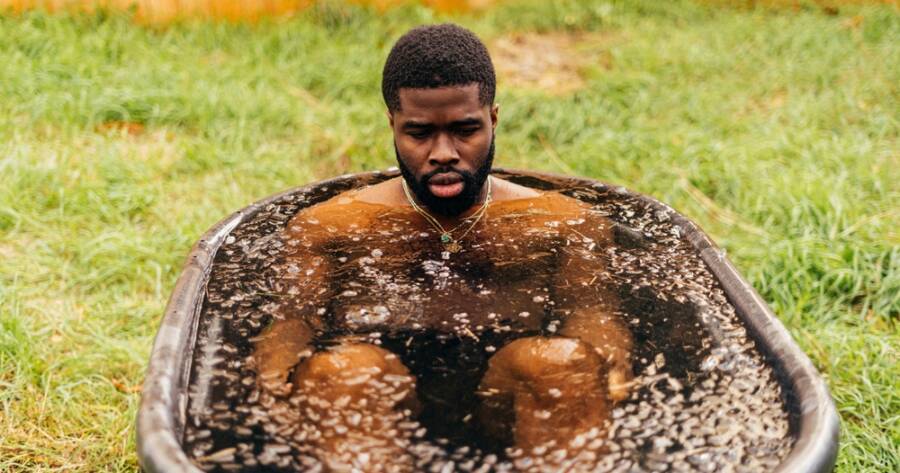Cold plunge therapy, also known as cold water immersion, has gained popularity in gyms, spas, and home wellness routines. Many claim it reduces pain, boosts mood, and speeds up recovery. But what does the research actually say about taking icy dips? Understanding the science can help you decide if this trend is worth your time—and your chill.
The Basics of Cold Plunge Therapy
Cold plunge therapy involves immersing the body, or part of it, in cold water—typically between 50°F and 59°F—for a few minutes. The practice can be done in tubs, pools, or even natural bodies of water. It is often used by athletes or fitness enthusiasts right after intense exercise, aiming to reduce soreness and swelling.
The idea is that cold exposure causes blood vessels to constrict, which may limit inflammation. Once you leave the cold, your vessels reopen, which some believe improves circulation and helps flush out toxins. However, not all experts agree on the exact benefits, especially for long-term health.
Potential Benefits Backed by Research
Cold water immersion can reduce muscle soreness after high-intensity exercise. This benefit may be most useful for athletes or those engaging in strenuous workouts several times a week.
Research has also looked into the effects on mood and mental health. Cold exposure may trigger a release of endorphins, also known as feel-good hormones. Short cold showers may help with symptoms of depression, though more research is needed to confirm this.
Some people also report better sleep, improved focus, and reduced stress after regular cold plunges. These effects may be linked to the body’s stress response system, which becomes more balanced with controlled exposure to cold environments.
Known Risks and Limitations
Cold plunge therapy is not risk-free, especially for people with certain health conditions. For example, sudden exposure to cold water can raise blood pressure and heart rate. This could be dangerous for individuals with heart disease or other circulatory problems.
There’s also the risk of hypothermia if someone stays in cold water for too long or uses water that’s too cold. Even a short dip can be risky if the body isn’t properly prepared. That’s why many experts suggest starting slow and using a timer to avoid overexposure.
Additionally, the benefits of cold therapy for recovery aren’t universal. Some research suggests it may actually slow muscle growth if used too often. That’s because the body needs some level of inflammation to build strength after exercise. Using cold therapy daily, especially right after every workout, might interfere with those natural processes.
How to Use Cold Plunge Therapy Safely
If you’re curious about trying cold plunges, it’s important to take a safe and gradual approach. Start with short sessions—one to three minutes—at a temperature around 59°F. Don’t go lower until you know how your body responds. Always have a towel or warm clothing nearby for when you get out.
Here are two safety tips to follow:
- Listen to your body. If you feel dizzy, numb, or short of breath, get out of the water immediately.
- Consult your doctor. Especially if you have health conditions like heart issues, diabetes, or nerve problems.
Also, avoid diving into cold water after alcohol use, as it can dull your awareness and increase the risk of cold shock. Use a buddy system when possible, and never practice cold immersion alone if you’re new to it.
Looking at the Bigger Picture
Cold plunge therapy may offer real benefits for certain people, especially when used in moderation. It’s not a miracle treatment, but it can be part of a healthy lifestyle when combined with exercise, rest, and balanced nutrition. Just like any wellness trend, it should be approached with care and realistic expectations.
Should You Take the Plunge?
The research on cold plunge therapy is still developing, but early findings are promising in some areas. If used wisely, it might help reduce soreness, improve your mood, and even support stress control.
However, it’s not suitable for everyone, and overuse can do more harm than good. If you’re healthy and curious, it may be worth trying—with caution and consistency.
